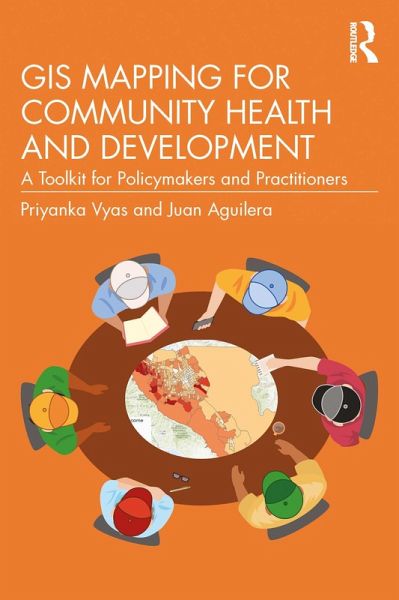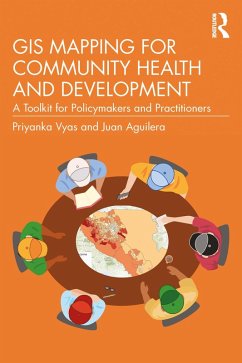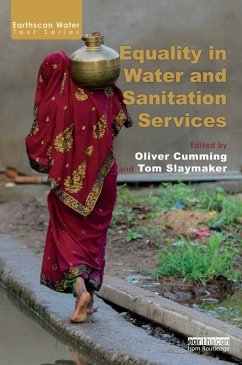
GIS Mapping for Community Health and Development (eBook, PDF)
A Toolkit for Policymakers and Practitioners
Versandkostenfrei!
Sofort per Download lieferbar
35,95 €
inkl. MwSt.
Weitere Ausgaben:

PAYBACK Punkte
18 °P sammeln!
This book explores how maps generated through Geographic Information Systems (GIS) can be used to integrate principles of health equity and environmental justice into community planning and decision-making.To do this, the book puts forward the 3Ps of GIS mapping: People, Place, and Policy. This book demonstrates how different maps reveal different spatial disparities for each topic, providing alternative lens for addressing socio-cultural, political, or geographical issues. Using a step-by-step approach, and covering the core concepts by which GIS maps can be interpreted, it builds to provide ...
This book explores how maps generated through Geographic Information Systems (GIS) can be used to integrate principles of health equity and environmental justice into community planning and decision-making.
To do this, the book puts forward the 3Ps of GIS mapping: People, Place, and Policy. This book demonstrates how different maps reveal different spatial disparities for each topic, providing alternative lens for addressing socio-cultural, political, or geographical issues. Using a step-by-step approach, and covering the core concepts by which GIS maps can be interpreted, it builds to provide a comprehensive understanding of what a GIS-generated map may tell us, though crucially also what it may not. Featuring illustrated examples throughout, this book is essentially a tool kit to support a nuanced and holistic perspective on community planning.
It will appeal to policymakers, planners, and public health consultants, as well as students moving toward this field.
To do this, the book puts forward the 3Ps of GIS mapping: People, Place, and Policy. This book demonstrates how different maps reveal different spatial disparities for each topic, providing alternative lens for addressing socio-cultural, political, or geographical issues. Using a step-by-step approach, and covering the core concepts by which GIS maps can be interpreted, it builds to provide a comprehensive understanding of what a GIS-generated map may tell us, though crucially also what it may not. Featuring illustrated examples throughout, this book is essentially a tool kit to support a nuanced and holistic perspective on community planning.
It will appeal to policymakers, planners, and public health consultants, as well as students moving toward this field.
Dieser Download kann aus rechtlichen Gründen nur mit Rechnungsadresse in A, B, BG, CY, CZ, D, DK, EW, E, FIN, F, GR, HR, H, IRL, I, LT, L, LR, M, NL, PL, P, R, S, SLO, SK ausgeliefert werden.













